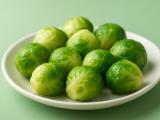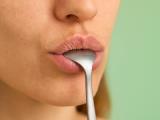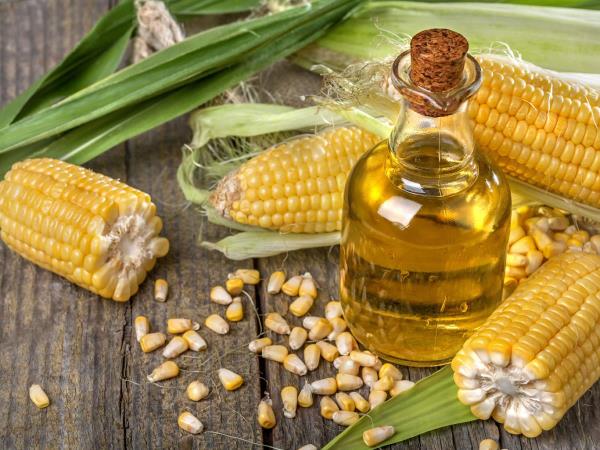When did it start?
In 1975, the food industry in the United States began massively using HFCS as a cheaper alternative to white sugar, whose image was beginning to fade in public opinion. At the same time, in 1977, a new dietary guideline was proclaimed - a low-fat diet, which was then believed to be the best protection against heart disease.
However, the fats that were a natural part of our diet until then (butter, lard, egg yolks, oils) were replaced by a combination of carbohydrates and this new sweetener - HFCS. The result? Tasty products without fats, full of sweet substances that pleased the palate but deceived the body.
Consequences of the sweet experiment
Official figures cited by various health organizations, including the Centers for Disease Control and Prevention (CDC), are downright shocking. Since the late 1970s:
- Obesity has increased by more than tenfold. In 1975, less than 6% of American adults were obese, today that figure is 42%.
- Type 2 diabetes, once considered a disease of old age, now also affects children. Just between 2001 and 2017, the number of children with this form of diabetes increased by 95%.
- Insulin resistance, a prelude to diabetes and often the cause of chronic fatigue, fat accumulation around the waist, and unexplained hunger, has become a common diagnosis.
And all this at a time when people - at least on paper - were eating less fat.
What do the liver say?
Interestingly, today when a person goes for a check-up and is diagnosed with fatty liver (meaning fat begins to accumulate within the liver tissue), the first question is no longer: Do you drink a lot? but: How many fizzy drinks do you consume daily?
Professor Snežana Stanišić, a nutrition and environment expert, warns that fizzy drinks have become the main culprit for fatty liver. Why? Because these drinks contain liquid calories, sugars that are not digested as solid food but end up in the bloodstream within minutes. Instead of metabolizing this sugar into energy, the liver redirects the excess into - fat.
And when we talk about liquid calories, it's not just fizzy drinks. HFCS is also found in:
- fruit juices (even 100% natural ones),
- flavored waters,
- flavored yogurts,
- store-bought salad dressings,
- breakfast cereals,
- energy bars,
- almost all store-bought desserts.
This means that we unknowingly introduce it into our bodies day by day. According to the American Heart Association, an adult in the U.S. consumes an average of 22 teaspoons of added sugar per day, and children even 34. A significant portion of this is often HFCS.
Why fructose is not the same as fructose?
Some might say, "But fructose is in fruit, so it's natural." And they are right. But the difference is huge. Fructose in an apple or pear is surrounded by fibers, vitamins, enzymes - a complete package that the body processes slowly and efficiently. Fructose in HFCS is industrially isolated, without accompanying beneficial substances, and the liver immediately recognizes it as excess. And when the liver doesn't know what to do with this excess - it stores it. In fat cells.
Folk experiences and modern knowledge
In traditional medicine, especially in rural areas, livers were not treated with boxed diets or detoxes from advertisements. They were treated with movement, bitter foods (such as dandelion, endive, milk thistle), fasting, and avoiding sweets, which were scarce at the time. There were no strawberry-flavored drinks with artificial fizz. And when someone had "poor liver," the grandmother would say, "Give them a sour apple and let them walk to the field, they'll come around." Today we would say: increase movement, reduce intake of processed sugars, and eat more fiber. Essentially the same.
What does this mean for us?
Awareness is the first step. Next time you find yourself in front of the fridge in the store, pick up a product, turn it around, and look at the ingredients. If it says "corn syrup," "glucose-fructose syrup," or even just "fructose" - let the alarm bells ring.
Although you may have heard that sugar is "bad" and fructose is "natural," the truth is the following: if fructose is artificially added to a product, it is more harmful than regular sugar.
As an interesting fact: studies show that HFCS causes greater spikes in insulin than sucrose (regular sugar) and thus faster fat deposition in the body.
What can we do?
We won't force you to become diet monks. But if you reduce the consumption of fizzy drinks and fruit juices by just one bottle a day, you will intake 25 kg less sugar in a year. And no, that's not a mistake. One liter bottle of fizzy drink can also contain up to 100 grams of sugar.
High fructose corn syrup is one of the most widespread food additives today, but also one of the most hidden causes of the rise of chronic diseases, such as obesity, diabetes, fatty liver, and other metabolic disorders.
If you want better health, more energy, less fat around your waist, and clearer thoughts, start with one small change: read the labels. If you find HFCS in the ingredients, leave it on the shelf. Your body will be grateful - maybe not right away, but a year from now, you will feel it with every step.









 Would you like to be informed about news on the website?
Would you like to be informed about news on the website?

